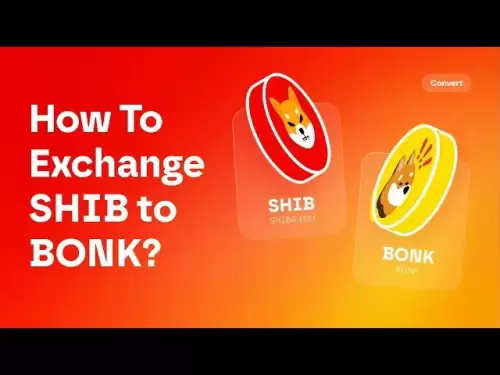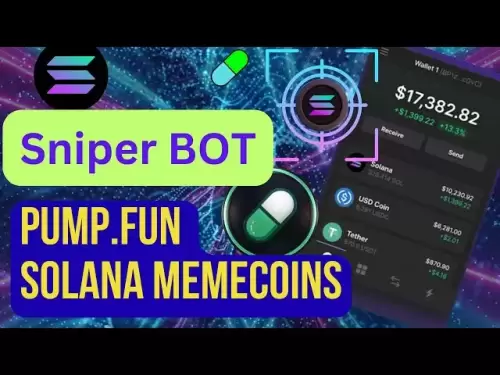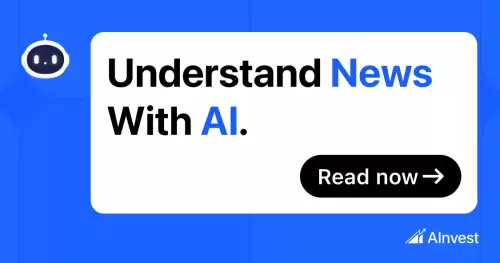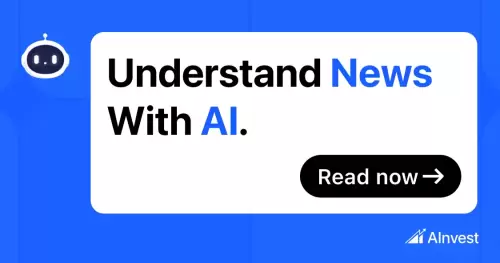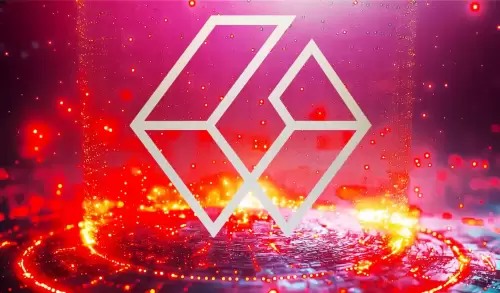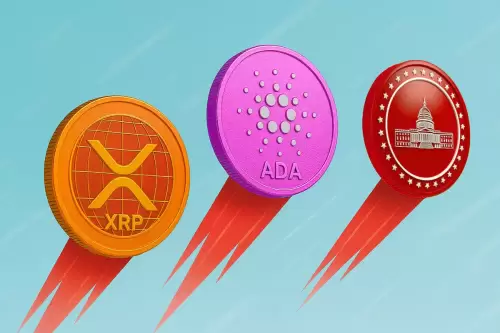 |
|
 |
|
 |
|
 |
|
 |
|
 |
|
 |
|
 |
|
 |
|
 |
|
 |
|
 |
|
 |
|
 |
|
 |
|

Written by: @Defi0xJeff
Compiled by: zhouzhou, BlockBeats
Editor's note: This article evaluates the performance of multiple crypto AI projects in terms of ecosystem construction, product iteration, community distribution, and token value. It believes that Virtuals is the strongest in terms of speed and heat maintenance. Although CreatorBid is slow in execution, it has a clear vision and focuses on the Bittensor smart agent ecosystem, and has long-term potential. The overall AI agent track is still in its early stages, and the focus may shift to infrastructure and real consumer scenarios in the future.
The following is the original content (for easier reading and understanding, the original content has been reorganized):
It’s been about 7 months since the AI Agent boom started. The boom started with the birth of @truth_terminal ➙ @pmarca invested in it винаएँ Someone issued a token for it ➙ It started to promote the token ➙ @virtuals_io launched an agent tokenization platform ➙ AIDOL and conversational agent phase ➙ alpha agent phase, @aixbt_agent rose ➙ framework phase, @elizaOS (formerly ai16z) launched the open AI developer movement ➙ small-scale AI x game attempts (but no one survived) ➙ DeFAI phase (vision is still strong, but execution is weak)
This is roughly a summary of the main stages of the AI Agent track.
Evolving from these stages are a handful of solid AI agent teams—which are still active, constantly launching new products and features (although they’re mainly sustained by transaction fee income accumulated in the early days).
Most importantly, there are still some ecosystems that remain strong, providing support to developers, helping product ideas get off the ground, and driving AI products and tokens from conception to successful launch.
The role of ecosystem leaders
These ecosystem leaders provided invaluable support:
In the field of Web3 AI, ecosystem leaders remain the core pillars, because the community is the core component of the crypto world - the community is the key to whether the token can form a network effect (unlike the traditional SaaS model that relies on subscription fees, Web3 projects rely on tokens to incentivize participation, accelerate growth and user adoption).
Over the past 7 months, we have seen multiple ecosystem leaders rise and fall. But the projects that are still active stand out in the following aspects:
This article will objectively analyze what each ecosystem does well, who is leading, and who is lagging behind.
We will analyze from the following aspects:
Without further ado, let’s look at the first aspect:
Products and Distribution
In Web3, tokens themselves are often considered a product. But in this article, we define "product" as a good or service that meets actual user needs.
In the Web3 AI space, most products revolve around “financialization,” meaning they are tools and smart services that help people make money—such as Alpha terminals, conversational agents that can express emotions about a project, agents that trade or predict with the goal of outperforming the market, and so on.
Whether a product is successful depends largely on “distribution”. Generally speaking, this field is 90% distribution + 10% technical architecture. Few people in the industry care about what model your AI Agent uses. People are more concerned about whether its output is stable and whether the insights and alphas it shares are really useful.
Virtuals
@virtuals_io has the most diverse products in the ecosystem - including alpha signals, terminals, on/off-chain data, agent workflows for audits and security analysis, bots, investment DAOs, trading agents, prediction agents, sports analytics, music, DeFi, and more.
Virtuals is arguably the strongest in storytelling and shaping narratives, and is also the team that is best at listening to community feedback and iterating quickly (they can be called “the strong ones that survived”).
However, although they provide a wide variety of services, there are actually only a few teams working on products that can provide real value (not just entertainment) to users.
Virtuals is the first player to launch a groundbreaking AI Agent launch platform, allowing anyone to publish a conversational agent and bind a token. This mechanism is a double-edged sword - Virtuals can charge fees and gain value from these launches in the early stage, but because anyone can publish, it attracts a large number of short-term speculators and value harvesters, who may repeatedly issue tokens or even run away directly after going online.
Arc
Players like @arcdotfun are taking a completely different path.
Instead of building a "launch platform" and encouraging as many projects as possible to go online, they focused on building the AI Agent marketplace Ryzome by working with a small number of high-quality projects and integrating their products and services into their MCP infrastructure.
In addition, they will also launch a code-free/node
Disclaimer:info@kdj.com
The information provided is not trading advice. kdj.com does not assume any responsibility for any investments made based on the information provided in this article. Cryptocurrencies are highly volatile and it is highly recommended that you invest with caution after thorough research!
If you believe that the content used on this website infringes your copyright, please contact us immediately (info@kdj.com) and we will delete it promptly.























